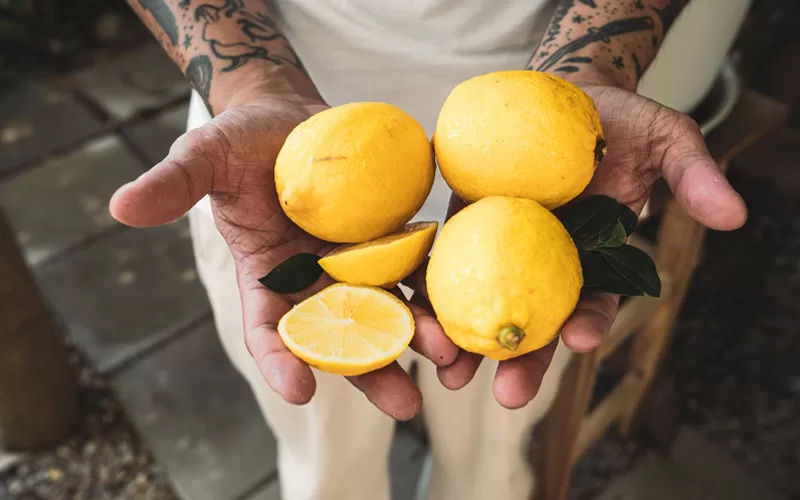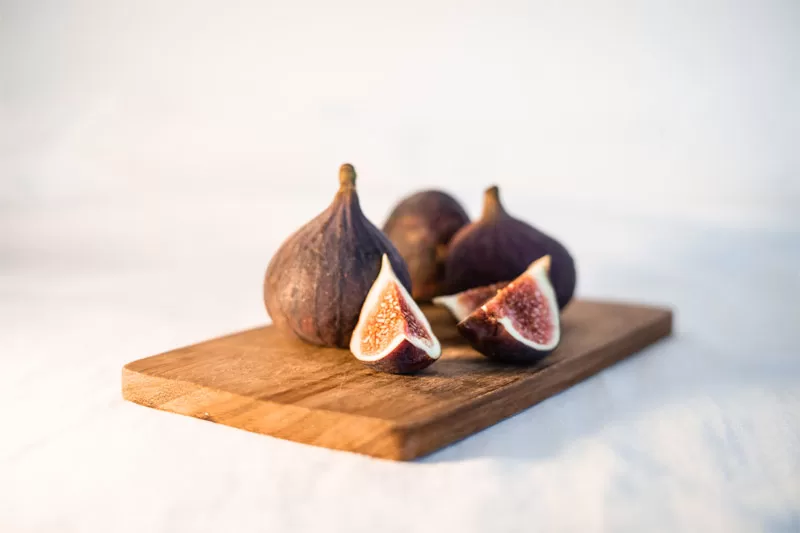
Growing fruit indoors couldn’t be easier, especially if you invest in something like a hydroponic garden tower. Indoor gardens by Gardyn have revolutionized how the green-fingered among us can grow fruit and vegetables indoors. Gardyn waters itself with soundless recirculating water on a smart automated schedule. It uses 95 percent less water than conventional outdoor growing systems. And there’s no single-use plastic, and nothing is composted or discarded back to the earth.
The vertical system LED lighting ensures you can grow large, tall, and vining plants indoors that most other systems can’t grow, all year round. The Gardyn system allows you to grow full-sized plants with more nutrition, greater density, more variety, and absolutely zero pesticides. Gardyn smart growth technology works for you – even when you are not home. So aside from herbs and vegetables, what fruit can you grow indoors? Read on to find out more.
Kumquat
Kumquats are citrus fruits that are either about 3/4 inch or 1 1/2 inches long. You’ll find them at grocery stores around the holidays in winter. If you grow them indoors, the plant will bloom in the late spring to early summer, with the fruits maturing into the winter, when you can harvest and enjoy over the course of several weeks, keeping the fruits on the branch for use.
Meyer Lemon
Meyer lemon trees stay sizable but not clumsy at maturity, typically reaching 3 ft tall. The fruits are slightly smaller than grocery-store lemons, and they are much more brightly flavored, making them ideal for drinks, salads, and most other recipes.
Kaffir Lime
Kaffir lime trees are about the same size and temperament as Meyer lemon trees, and the fruit’s flesh is inedible but the rind is good to add to cooked dishes as a sour flavor. The most precious part of the tree is the leaves though, which are essential for making the best Thai and Indonesian curries and many other Asian dishes, and the fresh leaves are best.

Fig
Figs are often grown as indoor/outdoor container plants. The tree loses its leaves and becomes dormant for the winter as well. Without this dormancy, trees do not produce fruit. If you buy large figs in pots that are almost 15 feet tall, you need to be patient: even the tallest figs can be reduced in size to eight feet or less, and they can be kept in the form of a clean central trunk rather than their natural bushy habit. At the other extreme are the dwarf varieties: the smallest, Petite Negra, for example, is no larger than 12 inches. Since this tree will reasonably fit in a pot and bear fruit, it makes a good houseplant and great option for growing fruit indoors.
Mulberry
Mulberry is a tree you won’t find in every American backyard. They’re more common in the British Isles, where, according to the nursery rhyme, the kids are known to ‘go round’ them in the morning. Mulberries are fine, sweet fruit, roughly blackberry shape and texture. Traditional mulberry trees are slow to bear fruit (even from cuttings you’d be waiting at least a decade, from seed it’s considerably longer still). Newer hybrids are faster.
Conclusion
Interest in indoor horticulture has escalated exponentially in recent years, presumably as a result of a growing number of people being space-starved in terms of their exterior spaces. With an abundance of growing systems available to all of us, our inner gardener can indulge in a wide variety of choices no matter how much space we have.
Leave a Reply